Bleaching your hair can be a way to shake things up, but it’s easy to underestimate how much care it really needs. A few small missteps can quickly lead to dryness, breakage, or colors that don’t turn out like you hoped. It’s not just about the bleach itself—it’s how you prep, apply, and follow up that makes all the difference.
Knowing what to watch out for can save you a lot of frustration and keep your hair looking healthy even after a dramatic change. Some mistakes happen because of rushing, others because of misinformation, but most are avoidable once you know what to look for. It’s all about giving your hair the respect it deserves while going for that brighter look.
Skipping the Strand Test
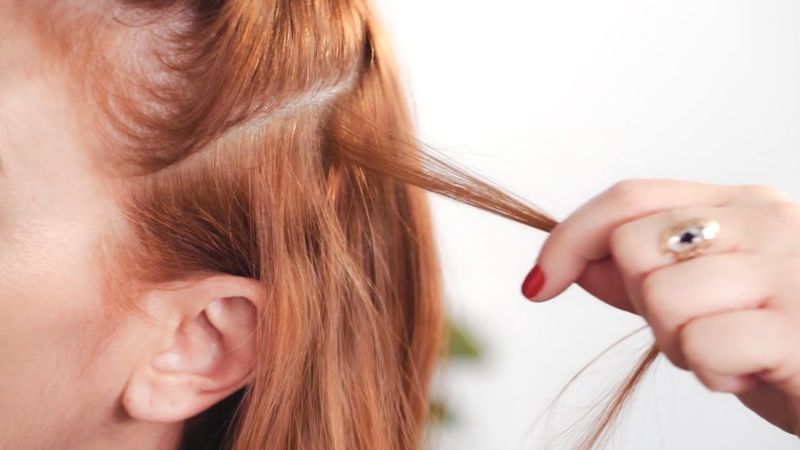
Ever felt the urge to skip the strand test and dive right in? The strand test may seem like a tedious step, but it’s your best friend when dyeing your hair. It ensures that the bleach will react well with your hair type. Without it, you risk unexpected colors or damage. Imagine bleaching and ending up with a tone you never wanted. This small test can prevent a hair catastrophe. It also lets you test the timing, ensuring you don’t over-process your tresses.
Overlapping Bleach Applications
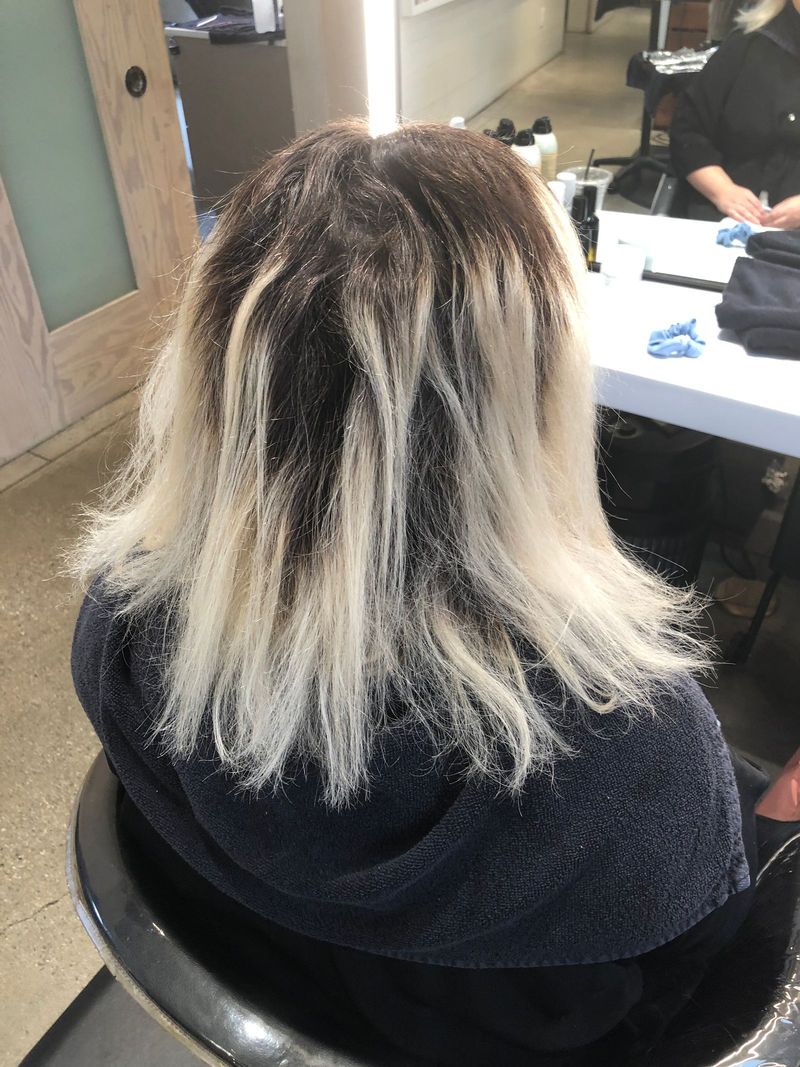
Overlapping bleach applications can be your hair’s biggest enemy. When bleach touches already lightened hair, it increases the risk of breakage and brittleness. Each application should focus solely on the new growth. This avoids unnecessary stress on your strands. Think of it as treating a delicate fabric: with care. Remain mindful of the exact areas that need attention. Misplaced bleach can cause uneven shades. Planning and precision are the keys to achieving a uniform hair color without damage.
Using the Wrong Developer Volume
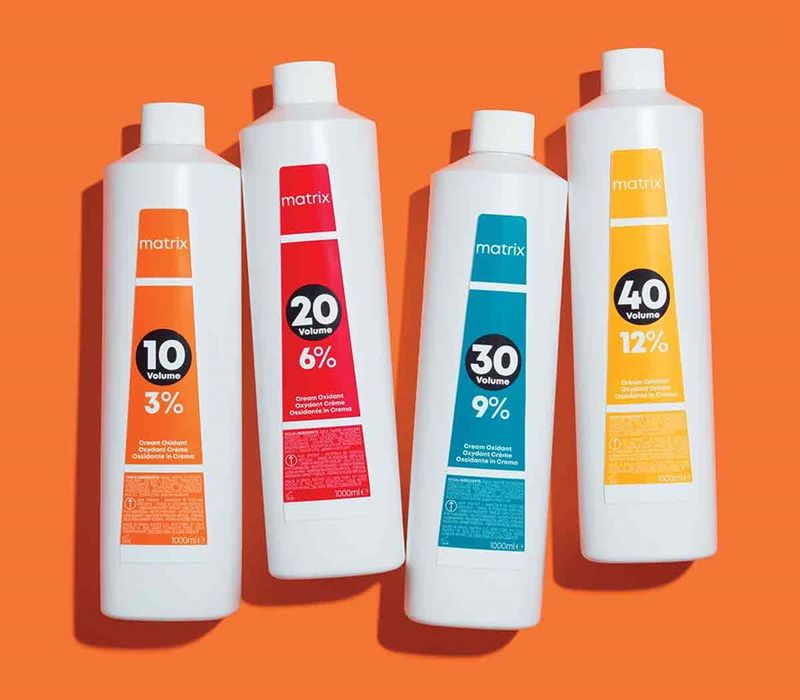
Choosing the right developer is crucial for achieving your desired shade. A developer that’s too strong can damage your hair, while one that’s too weak may not lift the color enough. It’s like cooking with the wrong ingredients. Each developer volume has specific applications. For instance, a 20-volume developer is gentler but slower, suitable for sensitive hair. Meanwhile, 40-volume works faster but can be harsher. Understanding your hair’s needs and the level of lift required will guide your choice.
Skipping Deep Conditioning
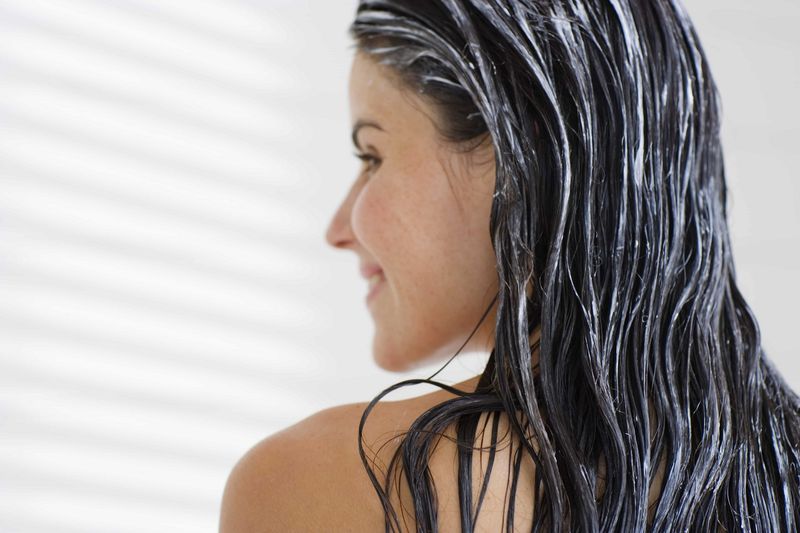
Healthy hair is the foundation for any chemical process. Skipping deep conditioning before bleaching can be detrimental. It’s like building a house without a solid base. Deep conditioning helps fortify your strands, making them more resilient against the harsh bleaching process. This step should be routine, not an afterthought. Without it, your hair may become dry and brittle, losing its luster. A nourishing treatment strengthens hair from the inside out, ensuring it can withstand the bleaching ordeal.
Leaving the Bleach on Too Long
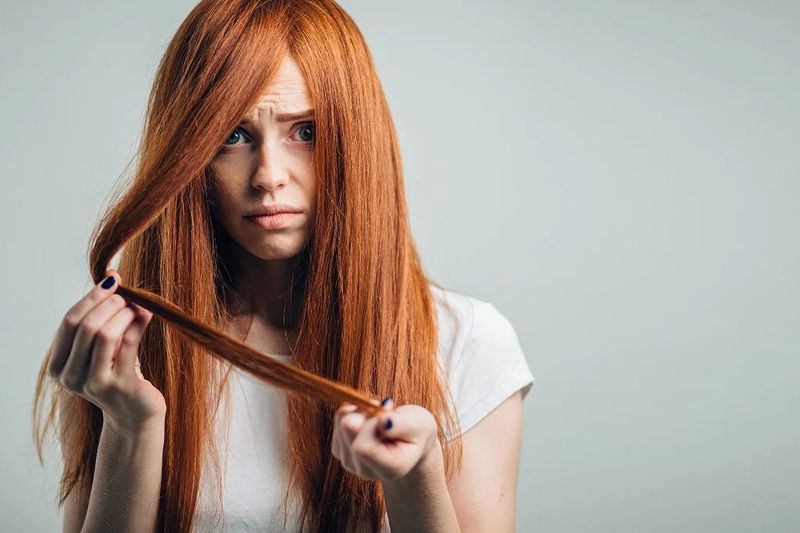
Timing is everything. Leaving bleach on too long can lead to disastrous results, including extreme dryness and breakage. It’s a common mistake to assume that more time equals lighter results. However, once the maximum lifting power is reached, the bleach begins to damage the hair structure. Visualize it as overcooking pasta until it’s mush. Setting a timer is a simple yet crucial step in any bleaching process. Adhering to recommended times ensures optimal results and maintains hair integrity.
Neglecting Post-Bleach Care

Bleaching is just the beginning; care afterward is crucial. Neglecting post-bleach care can lead to fading color and unhealthy strands. Imagine running a marathon and then skipping recovery. The hair requires specific treatments to lock in moisture and maintain color. Use sulfate-free shampoos and hydrating conditioners to keep it vibrant. Regular trims also help in managing split ends. Proper care post-bleaching preserves the hair’s health and color, prolonging the desired look and ensuring shine.
Bleaching Damaged Hair
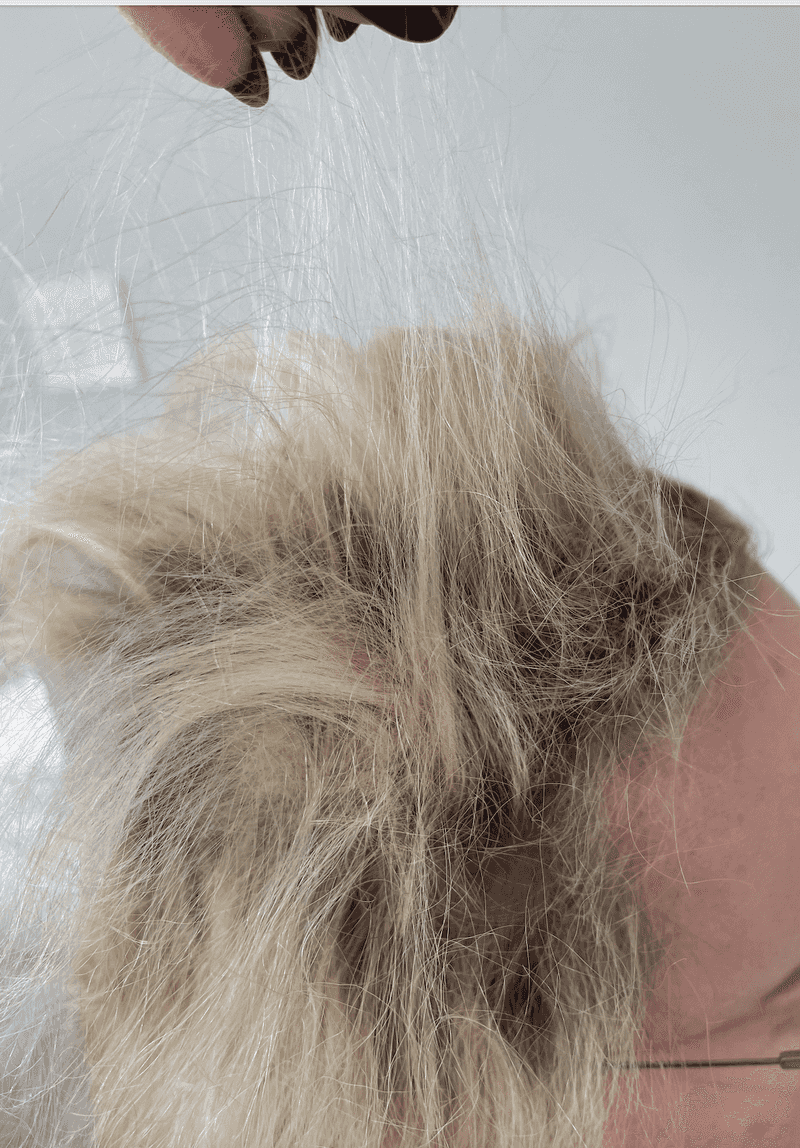
Bleaching already damaged hair compounds problems. It’s akin to painting over a peeling wall. Damaged hair is fragile and will not withstand the harsh chemicals of bleach. Assess your hair’s condition before deciding to bleach. Opt for restorative treatments and trims to eliminate damaged ends. If your hair is already brittle, reconsider bleaching. The process will only exacerbate existing issues. Healthy hair responds better to bleaching, ensuring an even, vibrant result without unnecessary breakage.
Ignoring Hair’s Natural Undertones
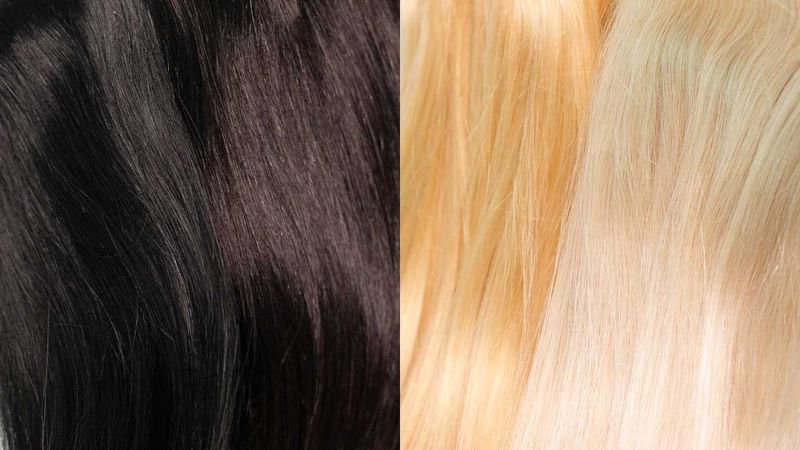
Every hair color has underlying pigments, known as undertones. Ignoring these can lead to unexpected results. Blonde hair has yellow undertones; brunettes have red or orange. Understanding this helps in choosing the right toner. Without this knowledge, you might end up with brassy or unflattering hues. A color wheel can be your guide. It’s like knowing your skin’s undertone for makeup. The right toner neutralizes unwanted hues, ensuring a more flattering, true-to-desire color outcome.
Bleaching Without Protection

Safety first! Bleaching without protection exposes both hair and skin to harmful effects. Gloves, caps, and aprons aren’t just for professionals; they’re essential for anyone bleaching hair. Imagine cooking without an apron—messy and potentially harmful. These protections prevent skin irritation and clothing damage. Bleach is a strong chemical and can cause burns or allergic reactions. Ensuring you’re well-protected enhances the bleach application process’s safety and cleanliness.
Using Metal Bowls or Brushes
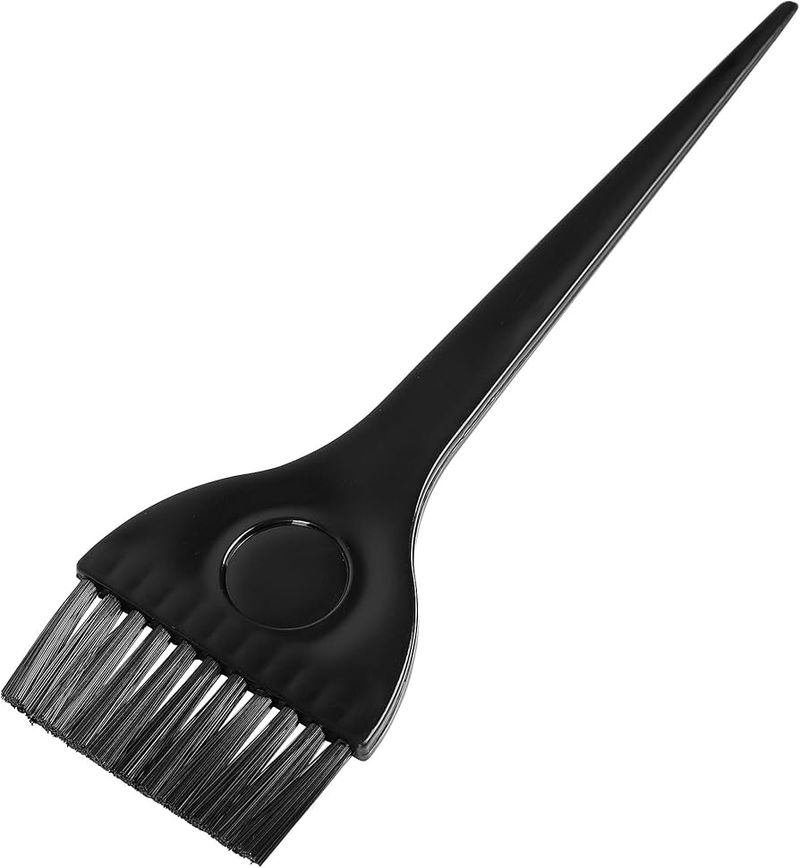
Metals can react with bleach, altering its effectiveness and consistency. Always use plastic or glass bowls and brushes. Consider the difference between driving a car in gear versus neutral—one works effectively, the other doesn’t. Metal can cause unexpected chemical reactions, undermining the bleaching process. Sticking to non-metallic tools ensures your bleach performs as intended. It’s a simple yet often overlooked detail that makes a significant difference in achieving desired hair results safely.
Applying Bleach on Dirty Hair
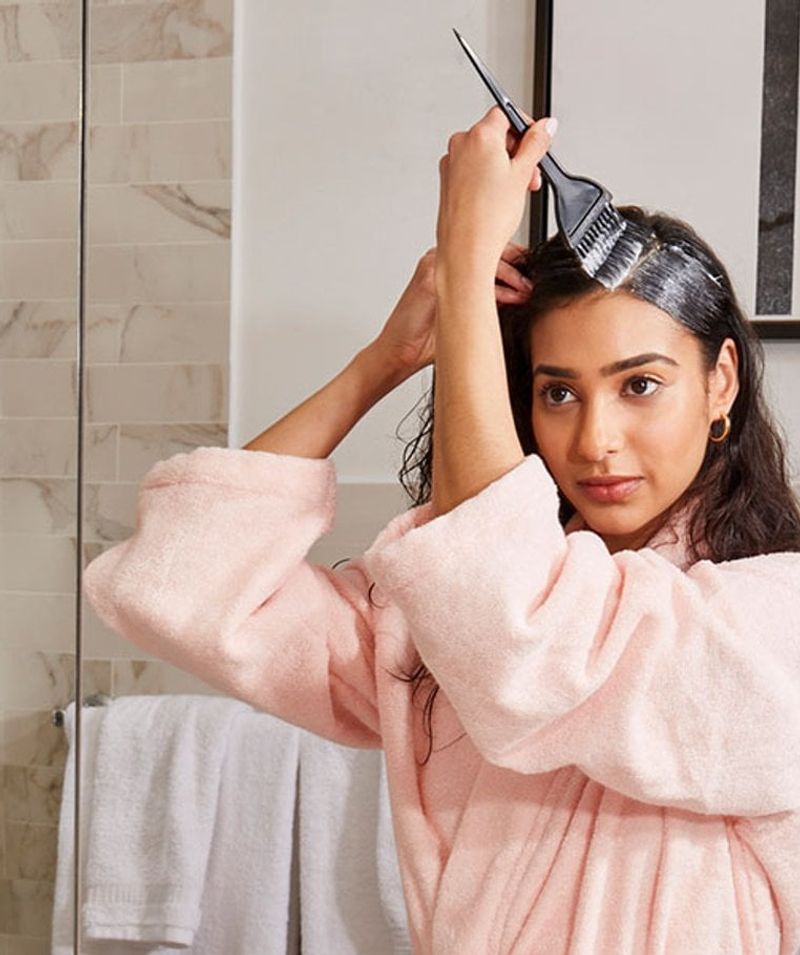
Contrary to some beliefs, applying bleach to dirty hair is not advisable. Clean hair allows for even application and better results. Think of it as painting on a clean canvas versus a dusty one. Dirt and oil can act as barriers, hindering the bleach’s penetration. This might result in patchy or uneven colors. Washing your hair a day before bleaching removes excess oils while leaving natural oils to protect the scalp. Balancing cleanliness and natural protection is key.
Not Considering the Weather
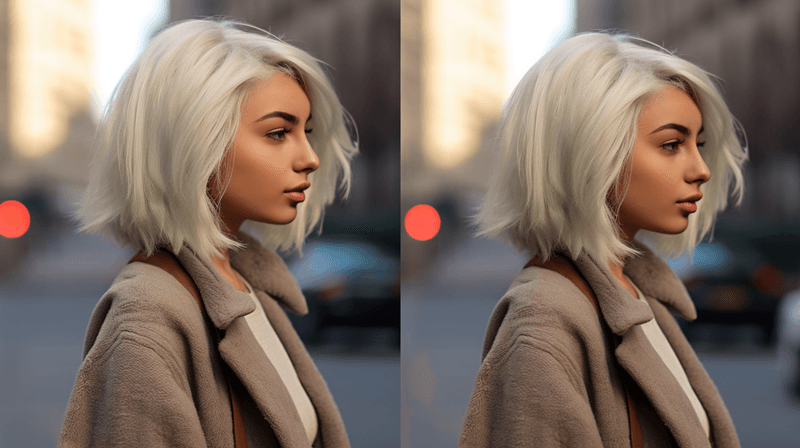
Weather plays a surprising role in bleaching outcomes. Humidity can affect how bleach processes. On a humid day, bleach may work slower, or its effects may not last as long. It’s similar to how humidity affects bread rising; conditions alter the expected outcome. Consider the weather forecast when planning to bleach. Cooler, dry conditions are preferable. This ensures the bleach works optimally, and the hair remains manageable and vibrant. Planning around the weather helps achieve desired results.
Choosing the Wrong Toner
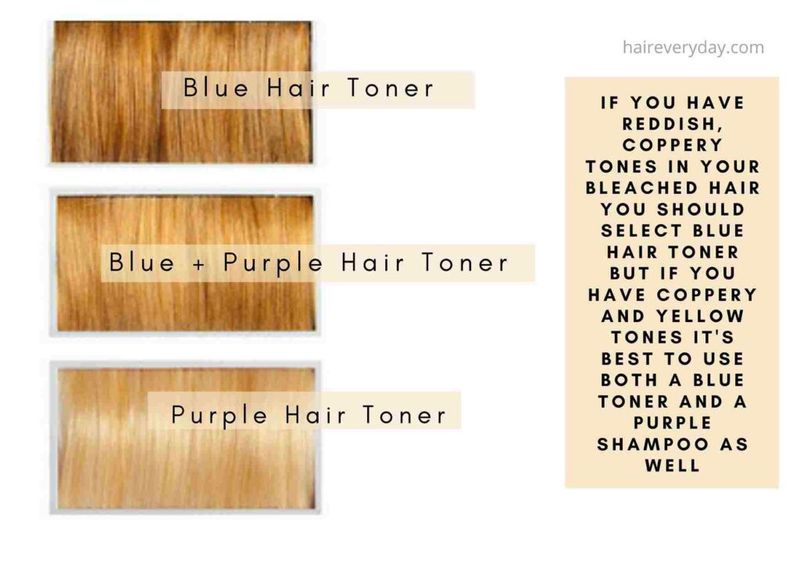
Toners are vital for achieving the perfect shade after bleaching. Choosing the wrong one can compromise your end result. It’s akin to selecting the wrong spice in cooking—a small component, yet crucial. Toners neutralize unwanted hues, such as brassiness or yellowing. Each shade has a complementary toner. Understanding this relationship ensures a polished finish. Investing time to select the appropriate toner enhances your hair’s overall look, offering a professional and polished appearance.
